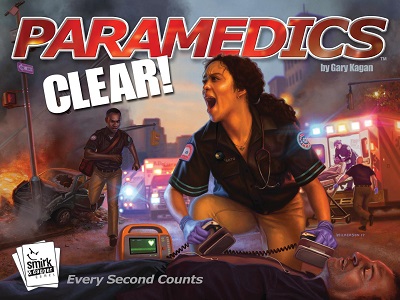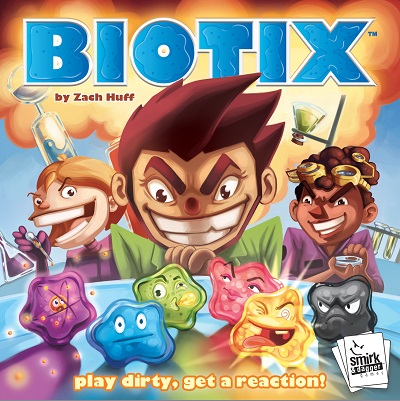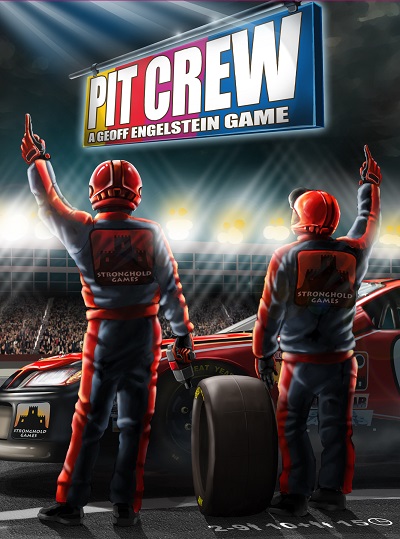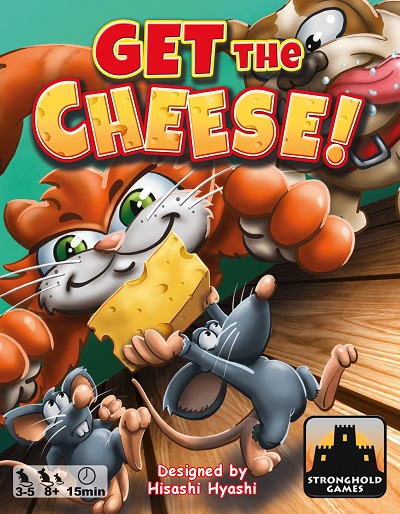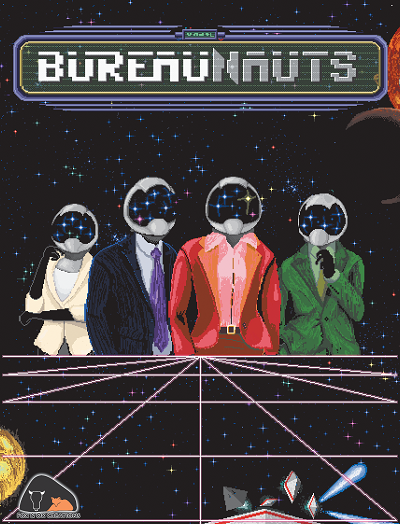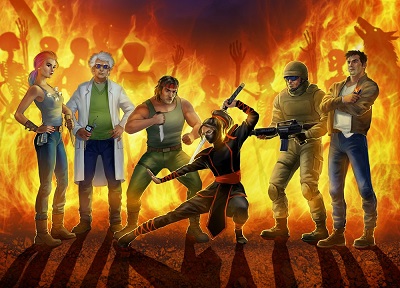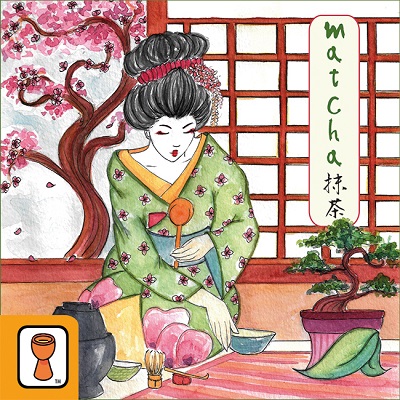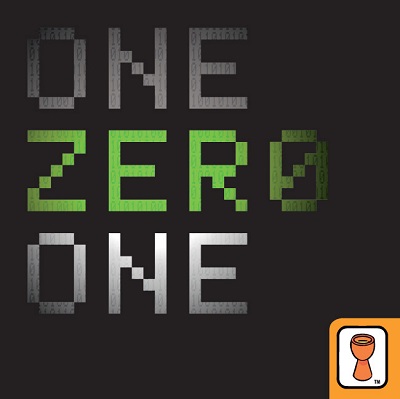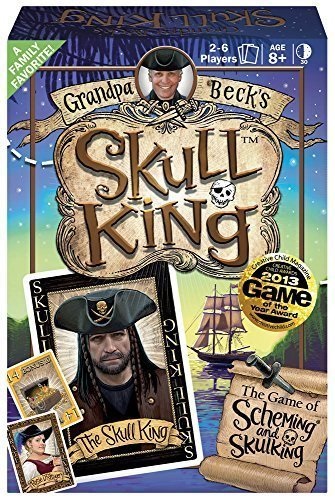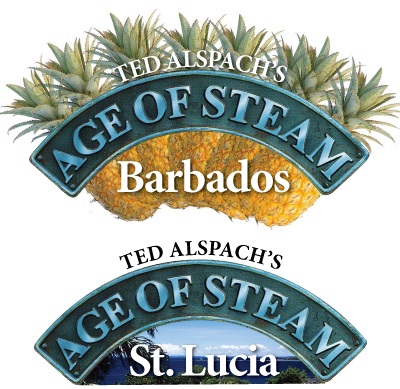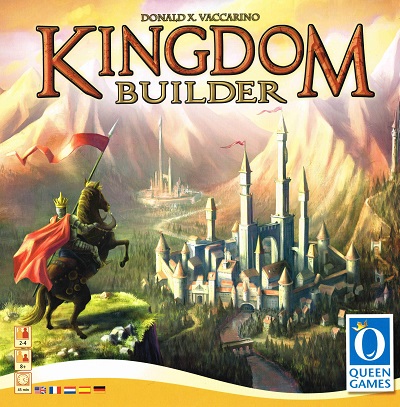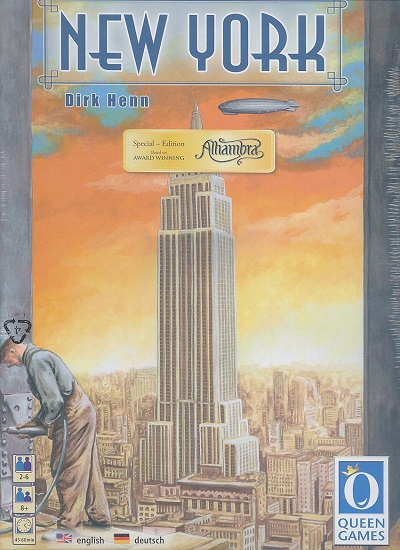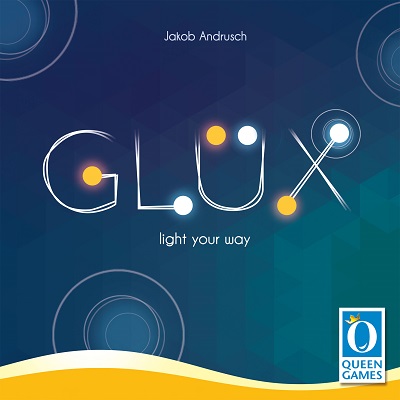Anyone who plays a play-to-win game over the course of the weekend is entered into a drawing to win that copy of the game! Prizes are awarded Sunday morning.
Paramedics: Clear! donated by Smirk & Dagger
Get to your rig – this is gonna be one helluva shift. Be quick to sustain and stabilize patients and rush them to the hospital. Manage your resources and upgrade your ambulance to save as many lives as possible. You only have seconds to act and the clock is against you. Try not to lose anyone today, rookie. “Rescue squad – confirm and depart.”
This is a pulse-pounding, high-tension, timed game of saving lives – and you probably won’t be able to save them all. The FREE companion app timer limits player turns to 60 seconds and later dwindles to just 45 or 30 seconds as players race to triage new patients, purchase medical supplies, treat their medical needs and transport them to the hospital for victory points. Critical patients add to the drama, as they must be treated and sent to the hospital immediately or they head to the morgue instead… counting against your score.
Paramedics: CLEAR! is an intense, competitive game for 1-4 players and will appeal to gamers who enjoy fast-paced, timed games. While not strictly the backstabby game Smirk & Dagger is known for, experienced players will find opportunities to turn up the heat on their opponents as they manage the clock more expertly.
BIOTIX donated by Smirk & Dagger
Play Dirty – and get a Reaction!
You can pack a lot of fun into a small box, especially when you pack it full of microbe meeples. I’ll say it again. Meeple Microbes (squeeee!)
In this nasty little 2-5 player game, your boss, Dr. Lillian Johannae has made a groundbreaking discovery in the field of microbiology. She has discovered a new breed of extremely unstable, highly volatile microorganisms, BIOTIX™ (patent pending and pronounced ‘biotics’) that can uneasily coexist within a small system. Now she needs supporting data. But science can be a brutally competitive field. What began as an innocent pursuit of discovery has quickly devolved into self-centered posturing and ruthless backstabbing among her lab personnel, all vying to have their name attached to the research paper, thereby rocketing them you into scientific superstardom.
Your mission, carefully grow the largest culture of BIOTIX you can in your petri dish – and sabotage the work of others by pushing their microbe populations above their limit, causing them to explode and bio-react in all sorts of fun ways. Game play is simple: on your turn, draw two BIOTIX from the specimen bag and place them, one at a time, either into your own dish for points or into an opponent’s dish to try and force a bio-reaction to destroy their work.
Each of the five BIOTIX species has a different trigger number and a unique bio-reaction when they ‘go off’. It may force you to trash the microbes, force microbes from your dish into the petri dishes of others, steal microbes or wipe out a species across the whole table. The BIOTIX are in a constant state of flux throughout the game, as is your score, because at the end of the day you gain points for the BIOTIX remaining in your dish, with the most volatile BIOTIX being worth the most points.
The best score over 3 days of research determines the winner! Then try the advanced game, with Aggressive BIOTIX, a cancer-like organism that mimics the properties of the BIOTIX they replace in your dish – except they are worth negative points instead of their usual values.
Pit Crew donated by Stronghold Games
While the driver gets all the attention, the pit crew are the unsung heroes of racing…
Pit Crew is a lightning-fast game where up to three teams of players must work together to get their race car back onto the track as quickly as possible. There are no turns in Pit Crew, as cards can be played at any time, but teams need to work together to make sure that their tires are properly replaced, fuel tank filled up, and engine repaired without making any costly mistakes. And will your team just go as fast as they can to get back out on the track? Or will you play smart and earn the Turbo Bonuses that can mean the difference between the checkered flag and last place?
Pit Crew challenges players to balance speed and skill in a fast-paced game of teamwork and communication.
Get the Cheese donated by Stronghold Games
A large, rich house must of course contain a large, stocked refrigerator. And there, you will find a lot of cheese!
All mice from around the neighborhood have been waiting and longing for the day when the family will leave the house, and they dream of stuffing themselves with that delicious cheese…
Then one day, it happened! All the mice rushed to the feast, trying to beat their rivals to the goal, and hoping that the vicious cat won’t see them…
Whose mice will be able to steal most cheese, whose cats will catch most mice, and whose dogs will chase away most cats? This is the start of a fearsome fight for food and fame, as you Get The Cheese!
Each player takes the Animal cards of one color, and a House Card to identify the player’s color.
Cheese cards form the circumference of a circle.
On his turn, a player may either draw 3 Animal cards or place 3 Animal cards.
If a player places 3 Animal cards, he places them beside the cheese cards, on the outer side of the circle. The first card is placed face down. The second card and the third card are placed face up, unless you play some of your special cards that permit you to play them face down.
Once all players have placed all their Animal cards, the Cheese cards are resolved one at a time.
At each Cheese card, the line of animals is resolved in this order: Dogs, Cats, King Mice, regular Mice.
The player with the most points wins!
Bureaunauts donated by Fox and Ox Creations
Put on your best space suit and tie! Players will race to the top of the galactic corporate ladder.
Each player uses their spaceship token to hyper jump around the section of space to make their mark in the most powerful corporation in the galaxy. The section of space is comprised of 80 cards setup in an 8 x 10 grid. When a player lands on an unexplored card, they flip it over to reveal what is there. Before the game begins, each player is given 5 Career Goal cards they must complete.
The progression of game play is divided into Fiscal Periods and each fiscal period is done in steps:
Step 1. Solar Jellies Move and Spawn
Step 2. Players receive their budgets
Step 3. Players spend 1 photon to File Paperwork to the corporation.
Step 4. Players choose ** to do an action or enter a coordinate on their dual dials. Then, dials are revealed. Actions happen before movements.
Step 5. Players repeat by Filing Paperwork and moving/doing actions (Step 3-4) until all players run out of Photons or choose not to File Paperwork.
Players File Paperwork in order to complete Career Goals that allow them to influence five departments. When a player completes a goal, they flip that card over next to their Player Board and put in the appropriate amount of influence cards to the Department Heads Board.
The players use what they find as they reveal the section of space (grid of cards) to fulfill career goal conditions:
1. Destroy 1 space pirate
2. Upgrade your spaceship to level 3 (if you have 2 of this goal, the second goal is completed by upgrading to a level 4)
3. Find 2 relics (to complete the goal subsequent times, you only need 1 relic for each Career Goal card)
4. Give 3 photons to the Accounting Department
5. Destroy 5 Space Jellies (to complete the goal subsequent times, you only need to destroy 2 more Space Jellies for each Career Goal card)
When one player completes their fifth and final Career Goal, a vote is triggered. The player that completes their final Career Goal stops playing and all other players are allowed to spend their remaining Photons for that fiscal period (unless they also complete their final career goal, at which point they stop as well).
Each of the five department piles of influence cards are shuffled separately. One card is drawn from each department pile. A player wins by having a majority (3 out of 5 departments) of their cards drawn. If no hard majority exists, the player who gets 2 soft majorities (2 out of 5 departments, twice) wins. The player with the most votes wins the job of Galactic CEO!
Champion of Earth donated by Shades of Vengeance
Champion of Earth is an easy to learn, quick-play card game where the players defend the Earth from an alien invasion.
It has both both a co-operative and a competitive element because, while you want to defeat the invasion, the winner will be the one with the most enemy kills.
The deck consists of three types of cards: Player cards (which track your character’s status), Monster cards (which represent the invaders) and Equipment cards (which represent the equipment the characters may use to defeat the Monsters).
The players take equipment and must match or exceed the power level of the invaders by playing that equipment. Many of the invaders have special abilities, and so does much of the equipment – these are listed on the cards where relevant.
During a player’s turn, they choose between 1 and 3 equipment cards to draw and the same number of invaders are drawn and placed face down. The player then chooses how many of the invaders they wish to fight. That number of cards is turned over, beginning from the first card dealt. The player must then play Equipment on the Monster cards to defeat them and claim the corpses.
If they succeed in defeating the enemies, they chose to fight, it becomes the next player’s turn. If they fail, they become Injured. If they are injured a second time, they die.
Even dead, a player can win – the victory condition is defeating the invasion and having the most enemy kills – you can be the Champion of Earth posthumously!
Matcha donated by Grail Games
The Japanese tea ceremony is a tradition centred on spirituality and servitude. Preparing and presenting a beautiful matcha (tea) for your guest is the ultimate expression of culture, ceremony and respect.
In Matcha, players attempt to collect the utensils (chadogu) they need to perform a tea ceremony by matching tea ceremony (otemae) cards on the table by either their number (1-4) or suit (tea, water, bowl, & scoop.) Cards are played secretly, and sometimes it will be to your advantage not to match at all.
With just 18 otemae cards and an assortment of chadogu tokens, Matcha provides plenty of strategy for players who must decide when and where to play their cards to the table.
Game #4 in ‘The Mike Line’ of games from Grail Games.
One Zero One donated by Grail Games
In the world of computer programming, there can only be one winner – either zeros or ones!
One Zero One is an abstract strategy card game for two players. With identical 16-card decks, each player (as either 0 or 1) plays cards to the program display, endeavouring to gain control of lines of program code. Each line is worth a set number of points. As soon as the program runs, points are tallied and the winner is determined.
Most cards display commands which will affect the cards already in play. The order and position of cards played by each opponent will have a huge bearing on the outcome, as will the ability of the players to adjust their strategies as the programming code changes.
Game #1 in ‘The Mike Line’ of games from Grail Games.
Skull King donated by Grandpa Beck’s Games
Grandpa Beck’s Scheming and Skulking, a.k.a. Skull King, is a trick-taking game similar to Oh Hell!, Wizard and Spades, with players needing to state how many tricks they think they’ll win each round. Special cards can throw off your best efforts, however, so watch how others bid and play carefully.
Skull King uses a 66-card deck that consists of five “escape” cards, four suits numbered 1-13, five pirate cards, 1 “Scary Mary” card, 1 “Skull King” card, and 2 mermaid cards. The game lasts ten rounds, and in each round, each player is dealt as many cards as the number of the round. All players simultaneously bid on the number of tricks they think they’ll take by holding out a fist and on the count of three revealing a certain number of fingers (or possibly a closed fist for a bid of zero tricks).
Standard rules apply for the playing of cards, with one player leading off a card and other players following suit, if possible, and playing something else if not; however, a player may always choose to play one of the special, unnumbered cards — and the power of those cards might let you win a trick that otherwise would have gotten away. In more detail, the black skull-and-crossbones suit trumps the other three suits, a mermaid trumps the black cards, a pirate trumps the mermaid, and the Skull King trumps everything — except if he appears in the same trick with a mermaid, in which case she seduces him and wins instead. An escape card can’t win a trick, and the “Scary Mary” card serves as either a pirate or escape card as desired by the player. Whoever wins a trick leads in the next trick.
If a player makes his bid exactly, he scores 20 points per trick; if he collects more or fewer tricks, he loses 10 points per trick he’s off. If a player makes a bid of zero tricks, he wins points equal to ten times the current round number — but if he takes even a single trick, he loses this many points instead. If a player catches pirates with the Skull King, or the King with a mermaid, he scores bonus points. Whoever has the most points after ten rounds wins.
Age of Steam Barbados & St Lucia map donated by Shiny Garden
These Age of Steam Expansions are compatible with Winsome’s original Age of Steam and Steam. Both maps are tight and highly strategic, with Barbados as a single player map with great replayability, and St. Lucia as a two player map with fast playing time and unique features.
Maps are not mounted. They are printed on card stock and cut into 2 pieces.
Kingdom Builder donated by Shiny Garden
In Kingdom Builder, the players create their own kingdoms by skillfully building their settlements, aiming to earn the most gold at the end of the game.
Nine different kinds of terrain are on the variable game board, including locations and castles. During his turn, a player plays his terrain card and builds three settlements on three hexes of this kind. If possible, a new settlement must be built next to one of that player’s existing settlements. When building next to a location, the player may seize an extra action tile that he may use from his next turn on. These extra actions allow extraordinary actions such as moving your settlements.
By building next to a castle, the player will earn gold at the end of the game, but the most gold will be earned by meeting the conditions of the three Kingdom Builder cards; these three cards (from a total of ten in the game) specify the conditions that must be met in order to earn the much-desired gold, such as earning gold for your settlements built next to water hexes or having the majority of settlements in a sector of the board.
Each game, players will use a random set of Kingdom Builder cards (3 of 10), special actions (4 of 8), and terrain sectors to build the map (4 of 8), ensuring you won’t play the same game twice!
New York donated by Shiny Garden
New York has the same game play as Dirk Henn’s Spiel des Jahres-winning Alhambra, but with the Spanish architecture being replaced by the skyscrapers of Manhattan. As in the original game, players collect four types of currencies and use those funds to purchase tiles that they assemble into their own mini-metropolis, connecting the paved street edges on the tiles to create a coherent network of roads. The building tiles come in six colors, and players score for their holdings three times during the game, earning points for having the most of a color as well as for their longest road.
Aside from the theme change and the associated new artwork, the gameboard is now larger with spots for both face-down and face-up tiles and a scoretrack that circles the edge of the board instead of zigzagging back and forth.
Glüx donated by Shiny Garden
Glüx is a family game all about illuminating rooms. Every player tries to play the brightest light tokens in different areas on the board, thus gaining the majority in those areas. Who can place their light tokens in the cleverest way and illuminate the most areas?
